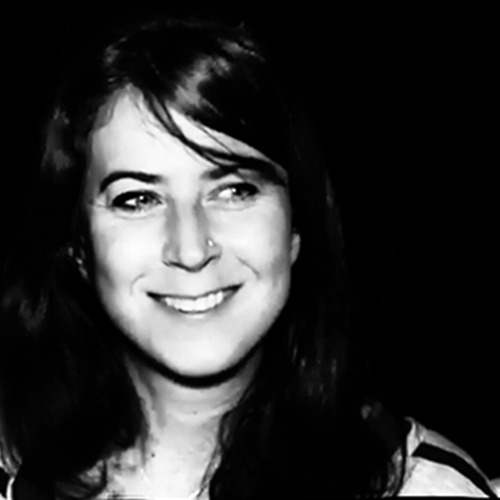What is your background?
I was originally trained as a civil engineer in the Israel Institute of Technology (Technion) and worked as an engineer in Israel and then later in Canada. Looking at my architectural photographs one can easily see my passion for built structures!
What kind of photography do you most identify with?
That’s an easy question for me to answer: Fine Art. Even though my photography career started out on travel / street photography, as I matured and developed my own voice I found my calling in Fine Art, so much so that I define myself as an artist before a photographer. My images are a creation of my interpretation of reality, the camera is just my tool to express that interpretation.
Explain your style in 100 words
I would like to think that I don’t have a distinct style. As I personally change and grow so does my style. At first, it was clean, minimalistic style with precise lines, as in my ‘Bridges’ portfolio, but after years of expressing myself in that style, I felt the need to change. After all, novelty is the hallmark of creativity. In today’s age when we are exposed to online world and techniques and styles cross borders with the click of a mouse, to keep on the cutting edge you need to constantly reinvent yourself.
Nonetheless, One thing I must admit, even though I might have different styles, my guiding principle is to always have a vision of what I want to express with my image. A pre-vision, a roadmap so to say, that guides through the capture and post processing.
How did your style change over time?
I started out with the clean, sharp lines in black and white. I was fascinated with Santiago Calatrava’s bridges, I would travel to cities around the world just to photograph them. And that will most likely always be in me, my passion for bridges that will make my ‘Bridges’ portfolio a lifetime project. However, I am now moving towards more abstract and colors. Expressing softer nature images and discovering the fun in camera blurs.
When did you discover your passion for photography?
I discovered photography by accident actually. In 2005/6 I was feeling very unfulfilled with my engineering career, I felt it was too two-dimensional, hard to put into words but I felt that I wasn’t the same person in my thirties as I was in my twenties when I decided to study engineering. I felt that I needed to express that inner change in my work, the only thing was, I had no clue what it was I wanted to change to. So I packed a backpack and decided to go soul-searching in South East Asia. My dad gave me a camera for my trip and that was it! I felt like I found my calling. At the time, I didn’t know I had a talent for it, which came in the form of feedback from friends and fellow travelers and later in the form of formal recognition from competitions I would enter.
What would you do without photography?
Most likely I would find another creative outlet to express my vision, probably painting but who knows….
How do you know when a body of work is finished?
Excellent question. Sometimes it’s hard to tell and this is the part where restraint needs to kick in as so many times less is more. But what I tend to do with my images is leave them on the computer, turn all the lights off, and examine the image I’m working on for a few days. Once I can’t find or feel it needs any more tweaks or adjustments, I call it done.
Is there one photograph of yours that you are very proud of? Why?
There are quite a few images that I am proud of, the ones that stand the test of time. The images that I never tire looking at; that never cease to amaze me as if I can’t believe that I took them. Like my image of the Capilano Suspension bridge. Or my images that combine Long Exposure plus still images, like the Southern Straits #3
You can contact Sharon here.

